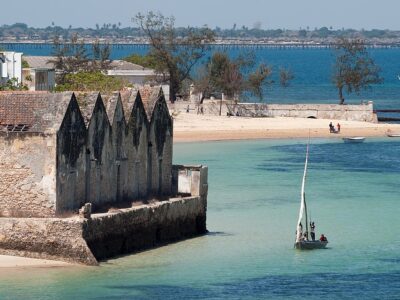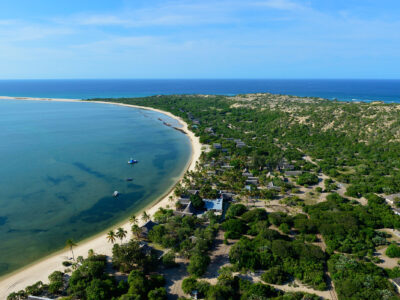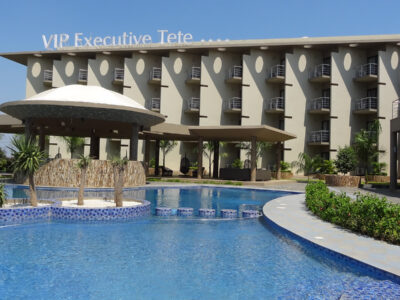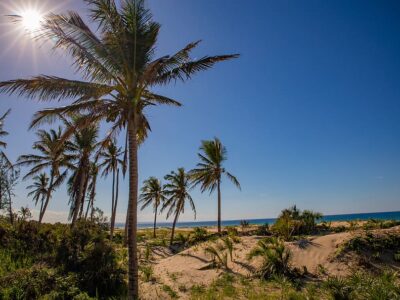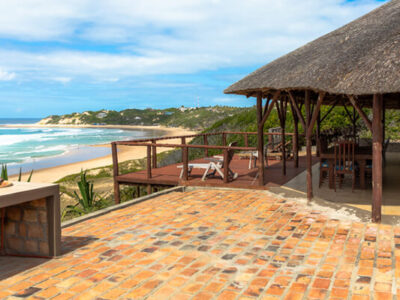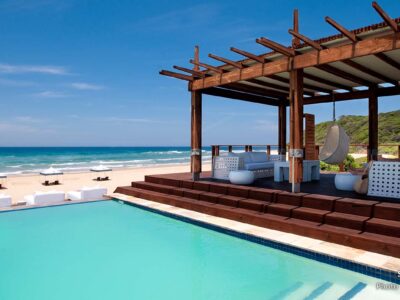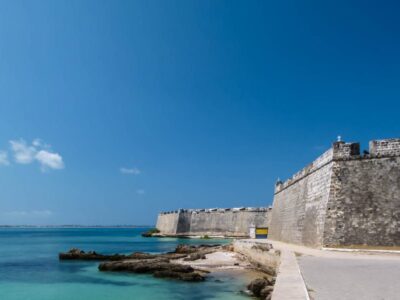Mozambique Facts, Wildlife, Map, Flag And Location In Africa
Mozambique Facts & Resources For Planning
Discover Mozambique, a captivating country on the southeastern coast of Africa, where stunning landscapes and rich cultural heritage come together to create an unforgettable experience. With its extensive Indian Ocean coastline, Mozambique is renowned for its beaches, vibrant coral reefs, and spectacular marine life. From the bustling capital city, Maputo, with its lively markets and colonial charm, to the serene and remote islands of the Bazaruto Archipelago, Mozambique offers a blend of excitement and tranquility.
Mozambique is home to diverse wildlife. Mozambique’s national parks offer Mozambique Wildlife Safaris, such as Gorongosa, which are thriving with a variety of species, making it a premier destination for safaris and nature lovers. The country’s commitment to conservation and restoration has revitalized these habitats, offering visitors the chance to witness Africa’s majestic animals in their natural environment.
Mozambique’s culture is as rich and diverse as its landscapes, shaped by a blend of African, Portuguese, and Arab influences. This cultural melting pot is reflected in its music, cuisine, and festivals, offering a vibrant and immersive experience for travelers.
Learn More About Mozambique Safaris with JimJam Safaris & Tours Africa, Book Affordable Luxury Self-Drive Tours In Mozambique From the selection of suitable Africa Safari Vehicles.
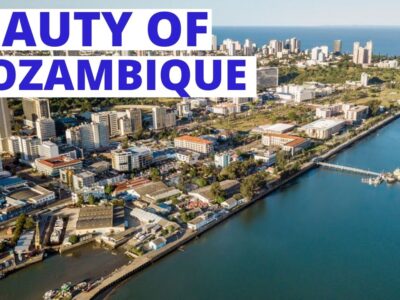
Uganda at a glance
Independence: Since 1974
President: Filipe Nyusi
Capital: Maputo
Language: Portuguese
Electricity: Type G (Irish/British 3-pin)
Time Zone: (GMT+2)
Currency: Mozambican metical
Dialing code: +258
Flag
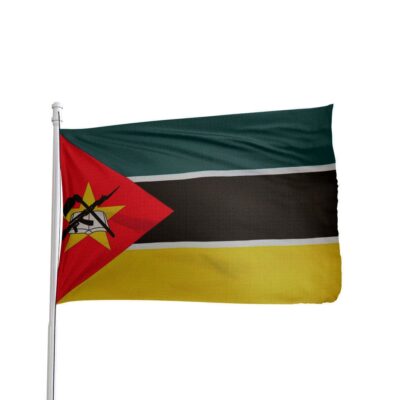
Map
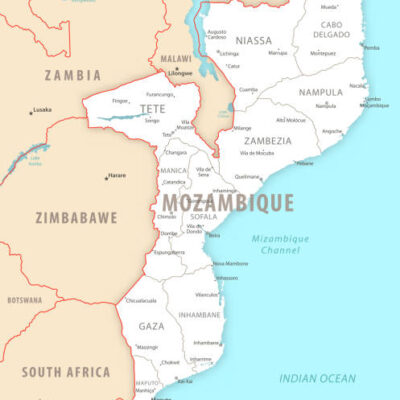
Facts:
The Nation is a diverse and dynamic country in southeastern Africa, renowned for its rich cultural heritage and stunning natural landscapes. With a population of over 30 million, Mozambique’s history is shaped by a blend of African, Portuguese, and Arab influences, creating a unique cultural tapestry. The capital, Maputo, is a vibrant port city known for its colonial architecture, lively markets, and dynamic arts scene. Mozambique’s economy is growing, driven by its natural resources, agriculture, and burgeoning tourism industry.
Wildlife:
This Destination is a wildlife enthusiast’s dream, offering vast, unspoiled ecosystems teeming with life. The country is home to several national parks and reserves where iconic African wildlife, such as elephants, lions, and leopards, can be seen. Gorongosa National Park stands out as a symbol of conservation success, where ongoing restoration efforts have rejuvenated its diverse habitats. Mozambique’s marine life is equally impressive, with the Bazaruto Archipelago offering pristine coral reefs, sea turtles, dugongs, and a variety of fish species, making it a world-class destination for diving and snorkeling.
Map and Location:
The Country is located on the southeastern coast of Africa, bordered by Tanzania to the north, Malawi and Zambia to the northwest, Zimbabwe to the west, and South Africa and Eswatini to the southwest. Its extensive coastline, stretching over 2,500 kilometers along the Indian Ocean, is dotted with beautiful beaches and islands. This strategic location has made Mozambique a historical crossroads of trade and culture, linking the African interior with the wider world.
Flag:
The flag of Mozambique is a powerful symbol of the country’s history and aspirations. It features horizontal stripes of green, black, and yellow, separated by white fimbriations, with a red triangle on the hoist side. Within the triangle is a yellow star, overlaid by a book, an AK-47 rifle, and a hoe. Each element represents a key aspect of Mozambique: green for the land, black for the African continent, yellow for mineral wealth, and red for the struggle for independence. The star stands for internationalism and hope for the future, while the rifle and hoe symbolize the country’s defense and agricultural foundation.
Mozambique Attractions Gallery

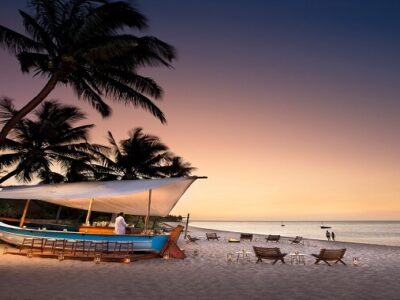
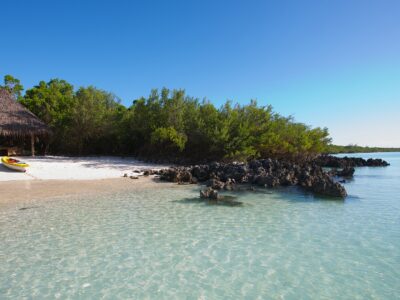

Resources For Planning Tours To Mozambique
Travel Advice From JimJam Safaris
We cater to all ages, budgets, interests, and fitness levels. Our team can assist with queries about tours, Accommodations, bookings, and Affordable Luxury destinations. We will respond to your Inquiry as soon as possible. Our team of friendly and service-minded Safari Consultants is available to assist you in making a private, personalized, tailor-made Safari Itinerary and to answer all questions you might have. Are you dreaming of the Wildebeest Migration? Gorilla Trekking in Africa? Honeymoon In Africa or Africa’s Big 5 Experiences? Start Planning for Your Affordable Luxury African Safaris with JimJam Safaris & Tours Africa.

